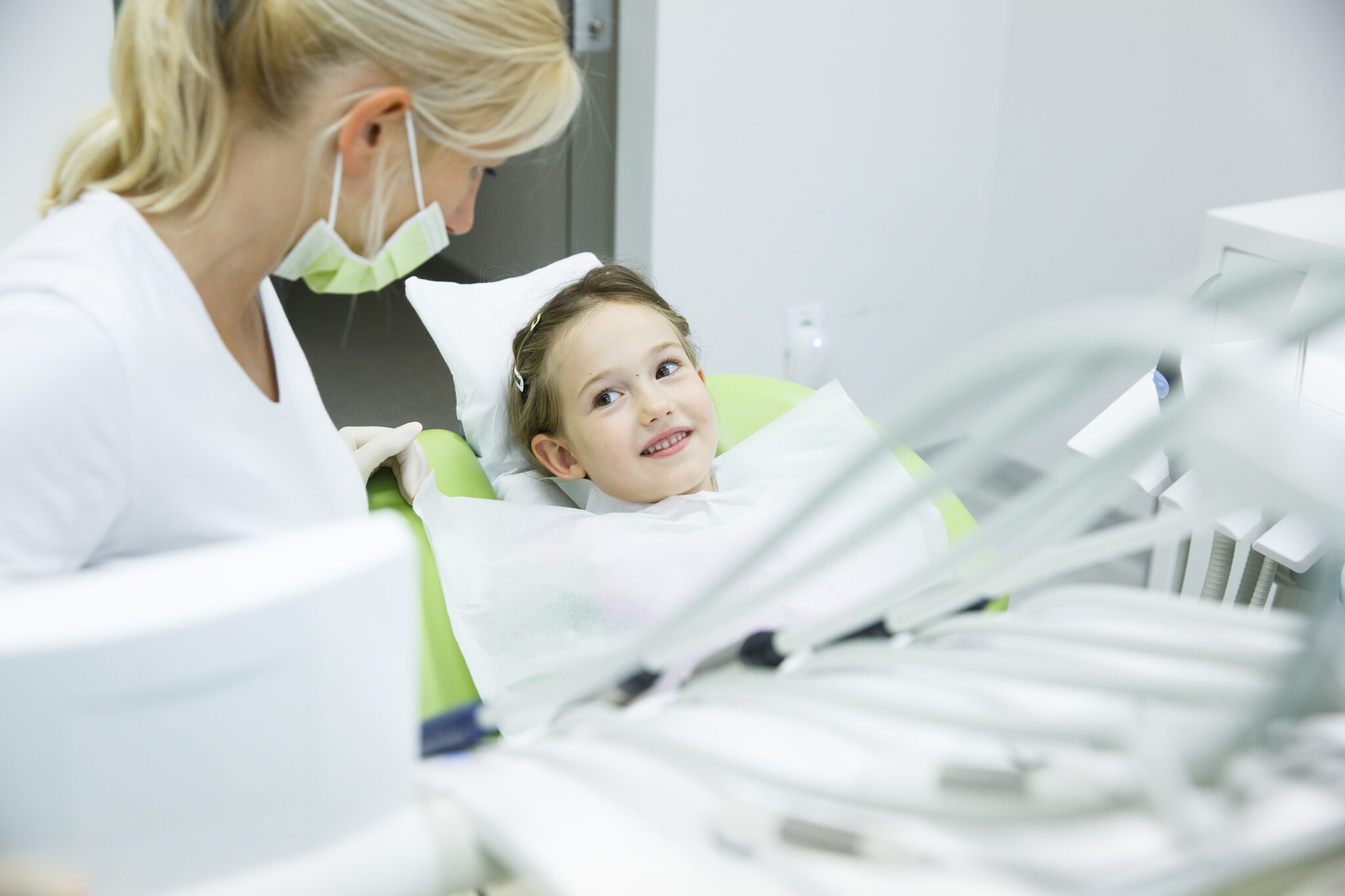Is your kid complaining about hurting teeth? Toothaches are a common oral health problem among children, and they can sometimes feel unbearable. Dr. Matt, an Overland Park Pediatric Dentist, educates parents on everything they need to know about childhood toothaches.
Causes of Toothache
If your child has a tooth, they can feel the wrath of a toothache. Most babies experience the painful process of a tooth emerging by six months of age. However, toothaches are most common in children between the ages of 6 to 12 years old. According to the Journal of the American Medical Association (JAMA), 1 in 7 children aged between 6 to 12 years experience toothaches. Depending on how intense the pain is, a toothache can be a symptom of any of the following dental problems:
- Emerging teeth
- Food accidentally wedged between the teeth (can aggravate the tooth roots and gum line)
- Dental decay, damage, or erosion
- Chipped or cracked enamel (surface of the tooth)
- Detached or missing dental fillings
Signs of Toothache
Toothaches can affect your child’s eating and sleeping habits, which directly impact their growth and development. Even if your child cannot verbally communicate that they are experiencing dental pain, here are five signs to look out for:
- Eating less
- Fussiness before bed and frequently waking throughout the night
- An ongoing need to chew (“cutting teeth” for babies and toddlers)
- Sinus infection symptoms
- Rubbing their jawlines and in or around their ears
Home Remedies
Here are four actions that you take at home if your child is suffering from a toothache:
- Ice: Applying a cold compress on the cheek for 15 minutes can reduce swelling and numb the area. Also, babies enjoy gnawing on frozen rags.
- Over-the-counter medication: NSAIDs and numbing gels can relieve toothaches temporarily.
- Saltwater rinse: By mixing ½ a teaspoon of salt with warm water, you can compose a saltwater solution that may dislodge substances between teeth and naturally disinfect the mouth. (Do not swallow.)
- Teabag compress: Applying a warm or cold tea bag can soothe a toothache. However, do not use this method often because tea can stain the teeth.
In-Office Treatment
When is it time for your child to visit the dentist for his or her toothache? Dentists consider toothaches a dental emergency if the toothache:
- Causes severe pain
- Lasts for more than two days
- Prompts swelling in the face or mouth
- Triggers earache, fever, or discomfort (when the child opens their mouth widely).
Pediatric dentists identify and treat toothaches in two steps:
- Step 1: The dentist determines the source and severity. This may constitute an x-ray, a physical exam, and the dental team calmly asking your child questions about their dental pain.
- Step 2: The dentist solidifies a treatment plan. Dependent on the source of your child’s toothache, the dentist will come up with the next step for treatment. Typical treatment plans for toothache include cavity treatment, fillings, root canals, and extraction.
Prevention
While some toothaches (such as those caused by emerging teeth) are unavoidable, cavities, gum disease, and dental trauma are preventable. Keep your children’s teeth safe and healthy by:
- Brushing and flossing twice daily
- Going to the dentist for a routine clean and check-up at least every six months
- Wearing a mouthguard during contact sports
Contact Our Five-Star Overland Park Pediatric Dentist
If you notice that your child is expressing toothache symptoms, it may be time to reach out to your child’s dentist. At Smiles Dentistry for Kids, Dr. Matt treats toothaches in a kid-centered, comfortable environment. Schedule an appointment at our Overland Park, KS office by calling (913) 685-9990 or contacting us online today.









